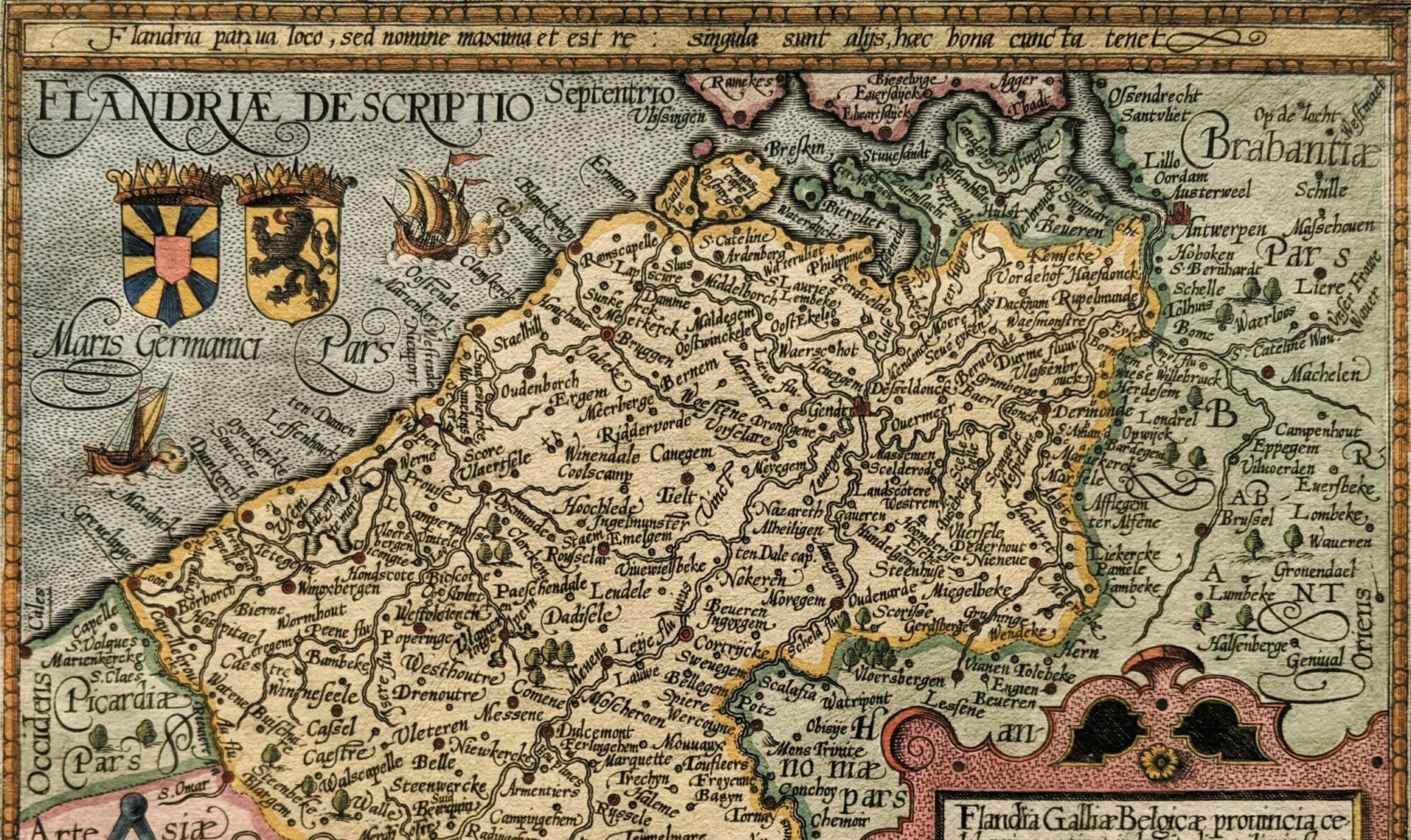European Urban History Conference 2014 Lisbon, Portugal (3-6 September 2014)
To this day, relatively little is known about the functioning of religious spaces in late medieval European cities and how this changed in the Reformation and Counter-Reformation era. Yet, much suggests that the churches of the urban parishes and the various ecclesiastical institutions are important constituents of the socio-cultural organization of the medieval and post-medieval city. On the one hand, churches and churchyards were a cornerstone for urban community building. Together with markets, they formed the primary locus of the urban public sphere and collective religious experiences were closely linked to the ideology of the city as a spiritual community sanctioned by God. On the other hand, churches also functioned as the stage for individual actions that were charged with religious and social meaning, ranging from individual prayer over the establishment of a private altar or funerary monument to the disputes on the seating order during mass. Through a combination of papers from various disciplines, this session would contribute to the charting of both the complementarity and the tension between the use of church spaces for individual and communal enterprises in the cities of Western Europe.
During the fourteenth, fifteenth and sixteenth centuries, the European urban network formed the stage of far-reaching transformations, in which some cities rose and others declined, and in which opportunities for upward social mobility shifted from one urban group to another. The first aim of this session would be to assess how and to what extent those social dynamics were negotiated within the spatial setting of the urban church. Secondly, there is the equally important issue of continuities and discontinuities in the uses of sacral spaces in the Reformation and Counter-Reformation era, not only in the light of the theological discussions on the validity and functioning of ecclesiastical infrastructure, but also in relation to the changing conceptions about the social order in the Early Modern Era and the processes of inclusion and exclusion it engendered.
Both lines of enquiry would be pursued through the perspective of material culture studies. First, attention would go to “embodied piety,” that is, devotion as an individual experience that was mediated to physical objects (e.g. the lighting of candles, the kneeling for religious diptychs and statues). Secondly, special attention would go to commemorative monuments as attempts to imprint the public sphere in a durable manner (e.g. funerary monuments, memorial plaques).
This session encourages a wide range of contributions from various disciplines (social and cultural history, religious history, archaeology, art history, material culture studies and so on). Possible questions that are relevant to this session are:
- How and to what extent did the various urban ecclesiastical spaces – parish churches, cloisters, hospitals, chapels and so on – function as arenas for social mobility and the structuring of social hierarchies?
- To what extent was the use of those religious spaces by individuals, families or networks for representational strategies compatible with the idea of religious spaces as cornerstones for community building, and how did this change over time? Tied to this, is the present-day conceptual repertoire of scholars adequate to interpret the various functions of those spaces as attested in the textual and material sources?
- How was the urban church as a material space shaped and reshaped with the rise of the Reformation and Counter-Reformation and the recalibration of the relations between religious institutions and the urban authorities as well as the princely government?
- Which trajectories of change can be distinguished for the outlined questions within Western Europe and which factors explain those processes of differentiation and their timing?
Organizers
Frederik Buylaert (Vrije Universiteit Brussel, Belgium)
Anne-Laure Van Bruaene (Ghent University, Belgium)
Koen Goudriaan (Vrije Universiteit van Amsterdam, The Netherlands)
Submission of papers
Please submit an English-language abstract of maximum 300 words on the website of the European Association for Urban History: http://www.eauh2014.fcsh.unl.pt)
Deadline: October 15, 2013
The participants will be notified about their paper proposal by December 15, 2013.




